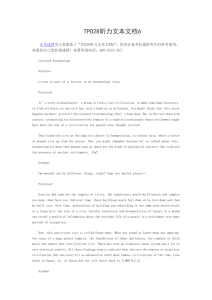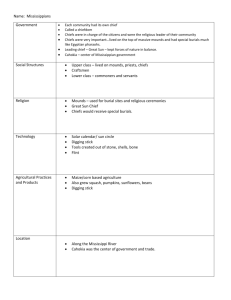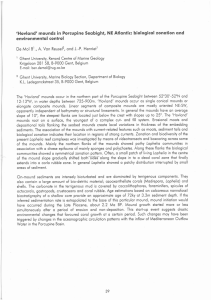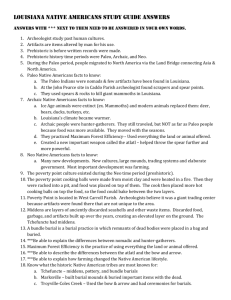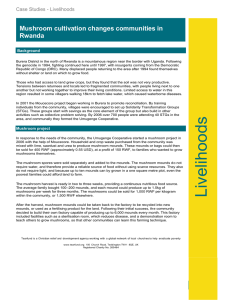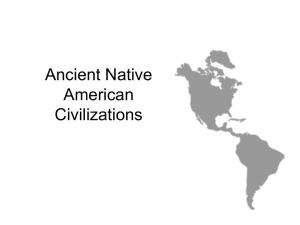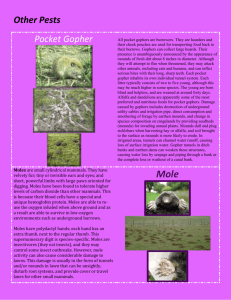Document Analysis Chapter 1
advertisement
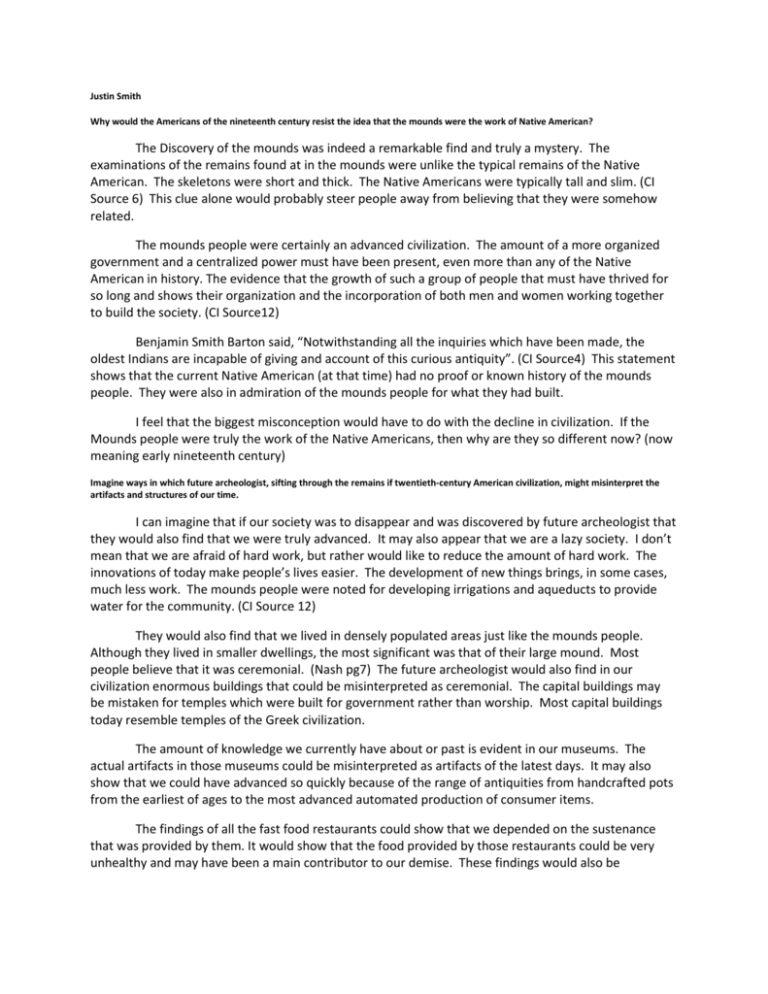
Justin Smith Why would the Americans of the nineteenth century resist the idea that the mounds were the work of Native American? The Discovery of the mounds was indeed a remarkable find and truly a mystery. The examinations of the remains found at in the mounds were unlike the typical remains of the Native American. The skeletons were short and thick. The Native Americans were typically tall and slim. (CI Source 6) This clue alone would probably steer people away from believing that they were somehow related. The mounds people were certainly an advanced civilization. The amount of a more organized government and a centralized power must have been present, even more than any of the Native American in history. The evidence that the growth of such a group of people that must have thrived for so long and shows their organization and the incorporation of both men and women working together to build the society. (CI Source12) Benjamin Smith Barton said, “Notwithstanding all the inquiries which have been made, the oldest Indians are incapable of giving and account of this curious antiquity”. (CI Source4) This statement shows that the current Native American (at that time) had no proof or known history of the mounds people. They were also in admiration of the mounds people for what they had built. I feel that the biggest misconception would have to do with the decline in civilization. If the Mounds people were truly the work of the Native Americans, then why are they so different now? (now meaning early nineteenth century) Imagine ways in which future archeologist, sifting through the remains if twentieth-century American civilization, might misinterpret the artifacts and structures of our time. I can imagine that if our society was to disappear and was discovered by future archeologist that they would also find that we were truly advanced. It may also appear that we are a lazy society. I don’t mean that we are afraid of hard work, but rather would like to reduce the amount of hard work. The innovations of today make people’s lives easier. The development of new things brings, in some cases, much less work. The mounds people were noted for developing irrigations and aqueducts to provide water for the community. (CI Source 12) They would also find that we lived in densely populated areas just like the mounds people. Although they lived in smaller dwellings, the most significant was that of their large mound. Most people believe that it was ceremonial. (Nash pg7) The future archeologist would also find in our civilization enormous buildings that could be misinterpreted as ceremonial. The capital buildings may be mistaken for temples which were built for government rather than worship. Most capital buildings today resemble temples of the Greek civilization. The amount of knowledge we currently have about or past is evident in our museums. The actual artifacts in those museums could be misinterpreted as artifacts of the latest days. It may also show that we could have advanced so quickly because of the range of antiquities from handcrafted pots from the earliest of ages to the most advanced automated production of consumer items. The findings of all the fast food restaurants could show that we depended on the sustenance that was provided by them. It would show that the food provided by those restaurants could be very unhealthy and may have been a main contributor to our demise. These findings would also be discovered in our remains. The amount of obese remains would further show proof of this misinterpretation.
